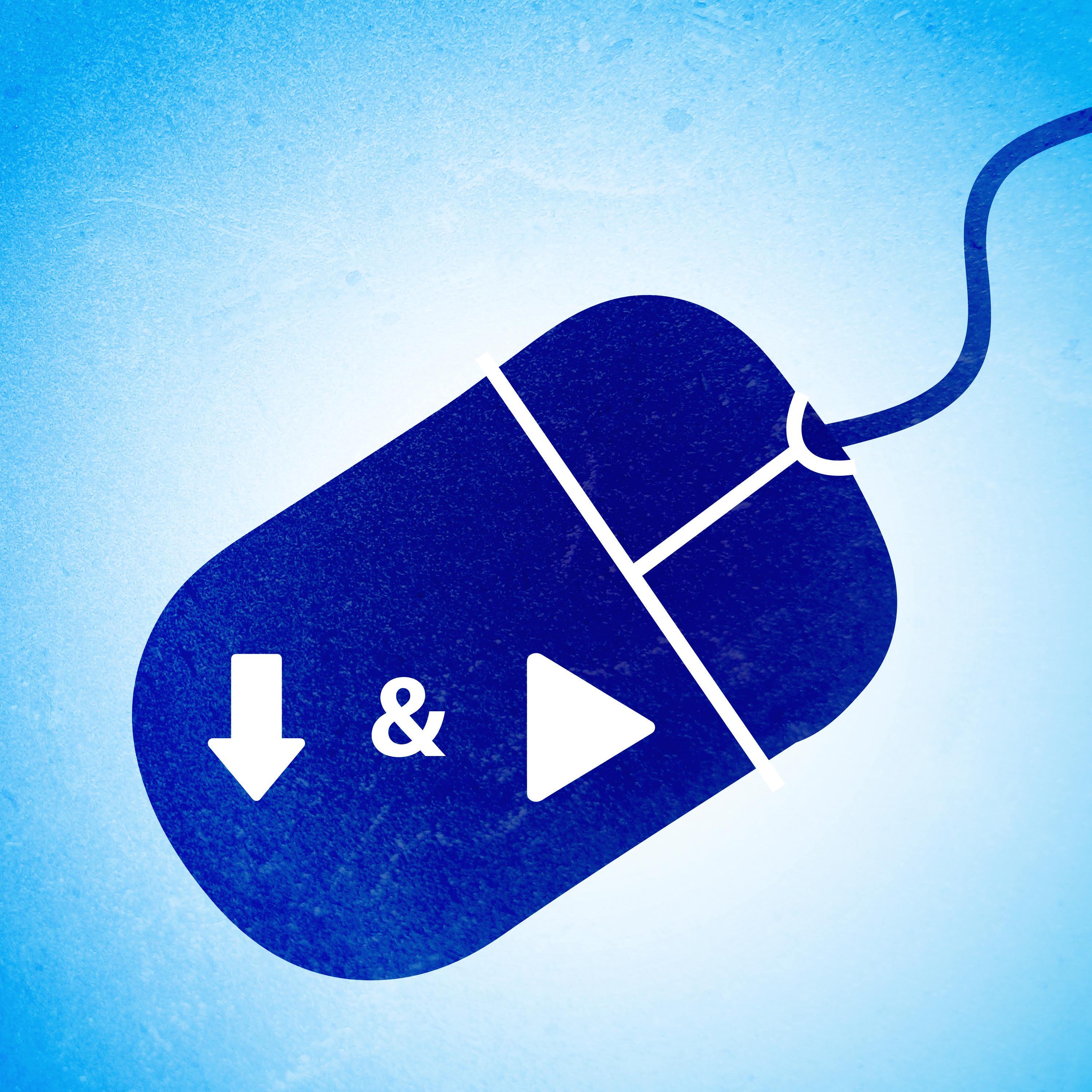The consequences of low album sales are cutting deep on those who depend on them
In 1985, Billboard certified platinum albums to over 15 artists such as Bruce Springsteen, Phil Collins and Madonna. By the end of 2014, Taylor Swift’s 1989 was the only album to go platinum. It’s not that people aren’t listening to music, they’re just listening to it in another way.
Music streaming websites have been on the rise for over five years. In the first six months of 2014, music streaming increased by 42 per cent from 2013, according to Nielsen SoundScan, the entertainment industry’s leading music data information provider. Physical album sales dipped 14.3 per cent, and even digital sales went down 13 per cent.
Spotify, a Swedish music streaming company, has recently grown popular worldwide. With over 30 million songs accessible for free, even on mobile phones, Spotify has attracted more than 50 million listeners from over 55 countries. Although streaming sites have affected both physical and digital sales, it is argued that they are an alternative to illegal downloading and music piracy.
“The way I see it, record labels got really greedy in the CD era and started charging truly exorbitant amounts of money for each disc, which pushed younger listeners to piracy as sites like Napster rose in the 1990s,” Zack Greenburg, business and music writer for Forbes, said. “Music’s price was over inflated, but then crashed as a generation got used to downloading it for free.”
Napster, a file-sharing website where music was downloaded for free, caused album sales to plummet in the 1990s. Since then, physical record stores like HMV have resorted to selling other products such as clothing and accessories to keep the business going.
“It’s really hard. We’ve never been able to reverse the whole streaming and illegal downloading movement,” said Nadia Fortin, manager at HMV LaSalle. “People got the impression that music was free, never realizing that people work to put the product out and they never get paid. To increase sales, we have arranged with our suppliers to sell the records at a competitive price.” Though Napster became illegal, retailers like HMV now have to compete with sites like Spotify.
Free music keeps listeners happy, but the reality is different for artists. Brittany Kwasnik, an independent musician from Montreal, plans to remove her music from Spotify.
“You have higher chances of people listening to your music through Spotify, but even if you get 100 people to listen to your album, you hope that out of those people, some of them would go out and buy the album,” Kwasnik said. “The reality, most times, is that they’re not going to actually buy your album. They’ll continue to stream it, and eventually you’ll get left behind, making basically zero dollars.”
While the average amount artists make per stream may have increased with the growth in users on Spotify in 2014, the numbers are still deceiving. Spotify claims that artists receive between $0.006 and $0.0084 per stream. Ed Sheeran’s song “Thinking out Loud” was number three on Spotify’s top 50 songs streamed the week of Dec. 28, and was listened to over 2.85 million times. With the figures provided, he would hypothetically have made between $17,100 and $23,940 in that week alone.
These numbers, however, don’t take into account that the revenue is split between labels, producers, songwriters, artists and others. The artist could in turn only make a small fraction of that revenue.
Sometimes, exposure is more important than money for indie artists: “[We] currently support music streaming services like Spotify,” said Brendan Lucas, president and co-founder of 5on4 Records Inc. in Montreal. “During the infancy stages of an artist’s career we believe that having the music available on any platform possible will be a benefit for their exposure. Although not as financially rewarding as a direct iTunes sale, music streaming exposes the music to a much larger audience.”
With the steady increase of users that listen to music online, the industry is quickly following through with the streaming model. In December 2014, Billboard announced that streams will count towards the rankings on the Billboard 200, and 1,500 song streams from any streaming service will count as an album sale. Streaming is here to stay, and artists can only hope that streaming revenue will soon equate that of a standard album sale.




